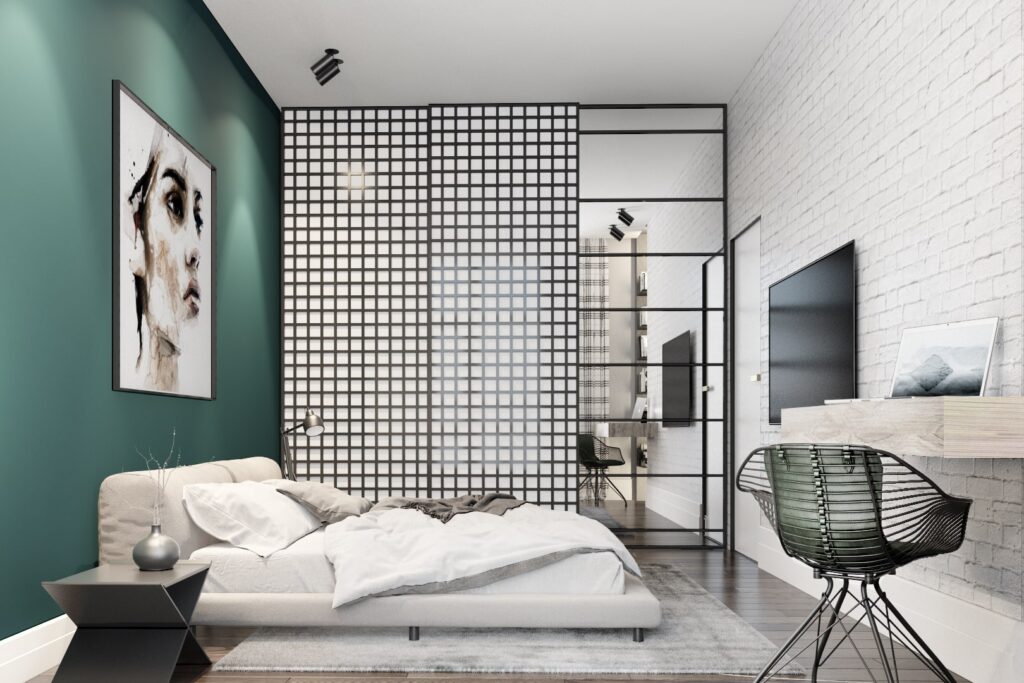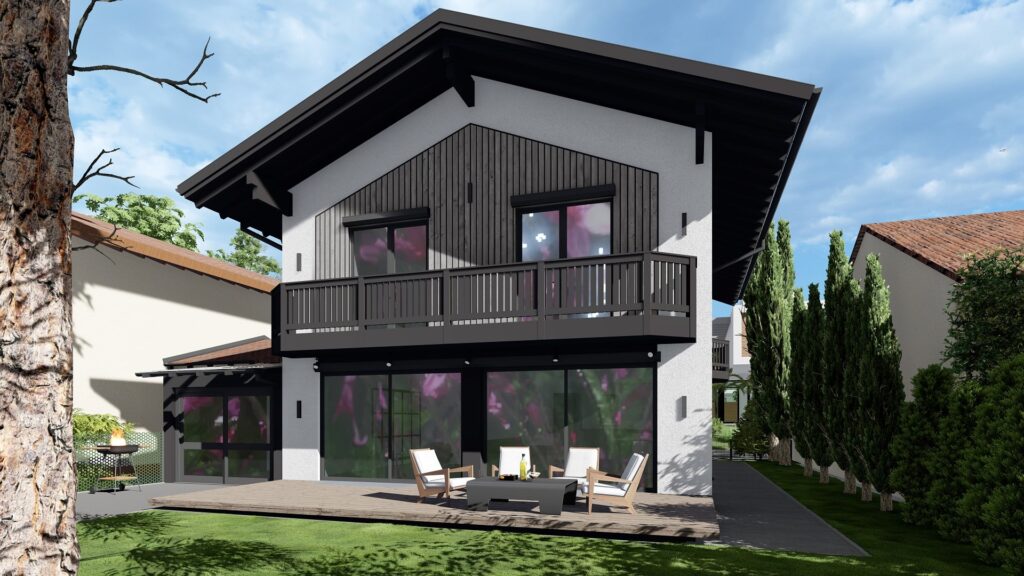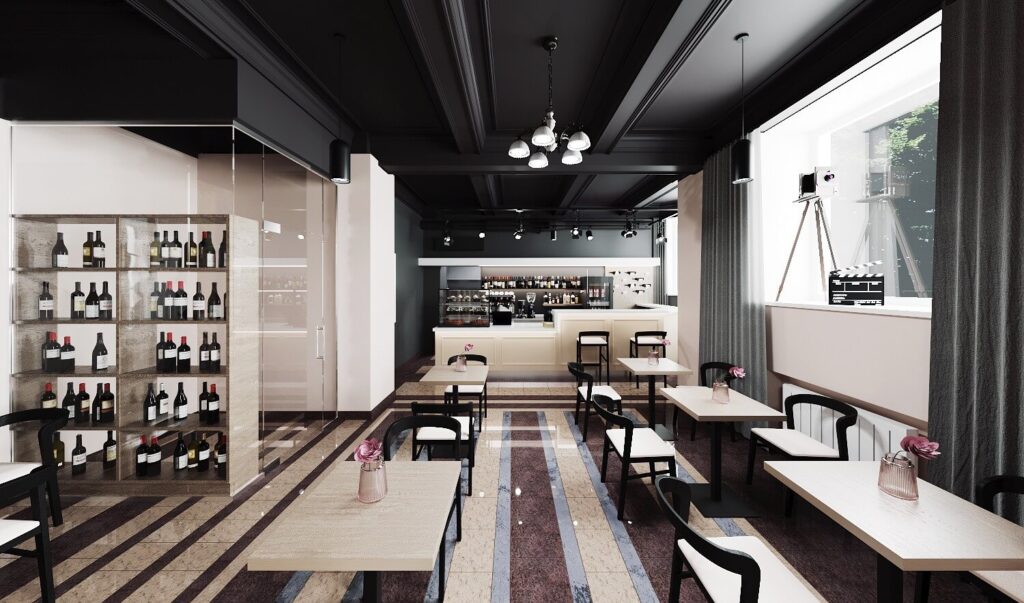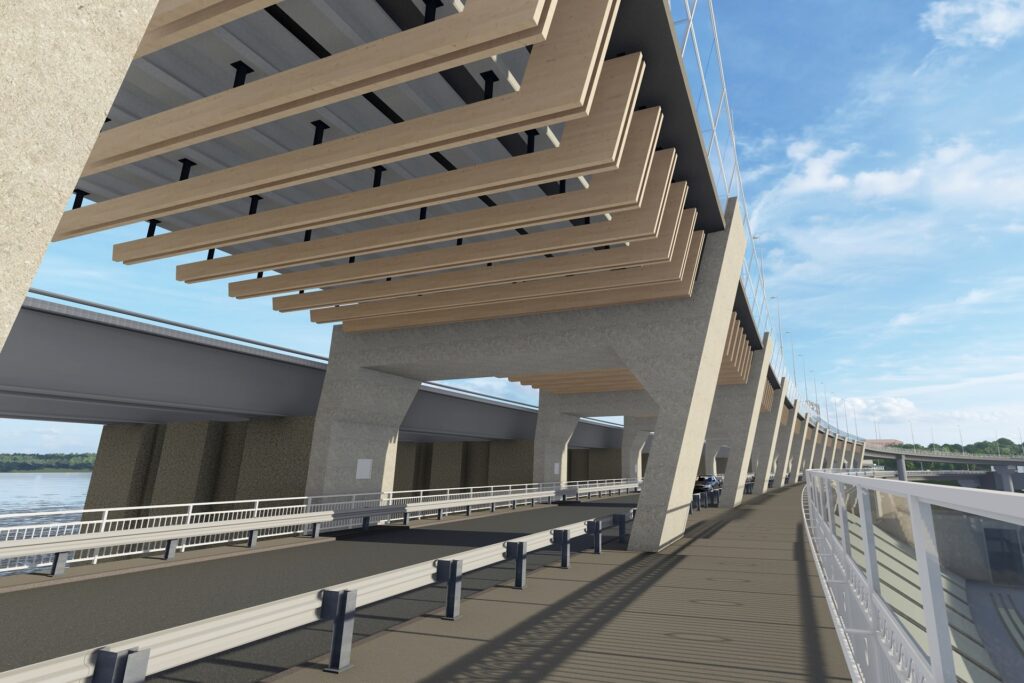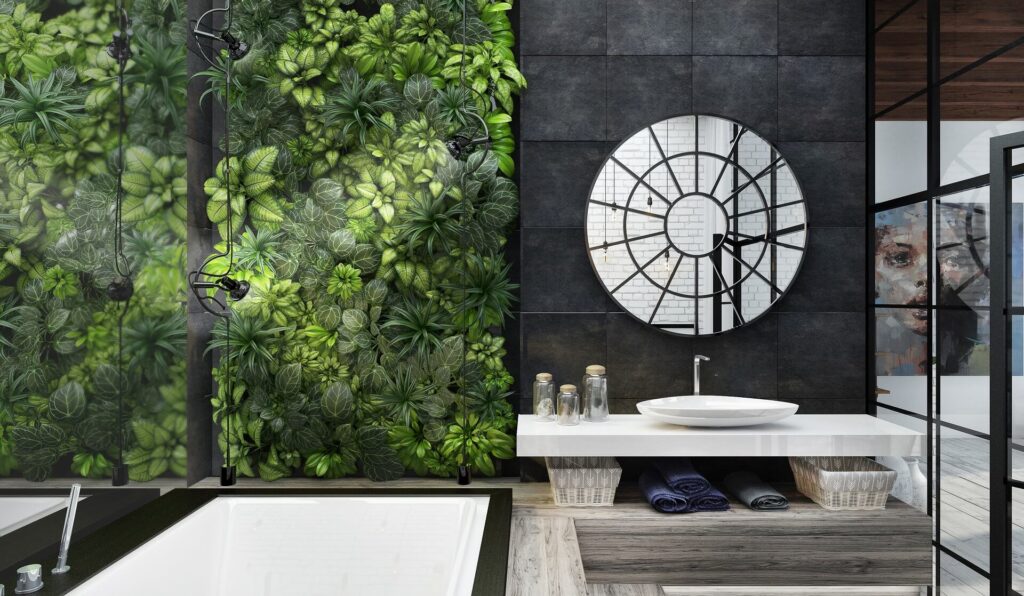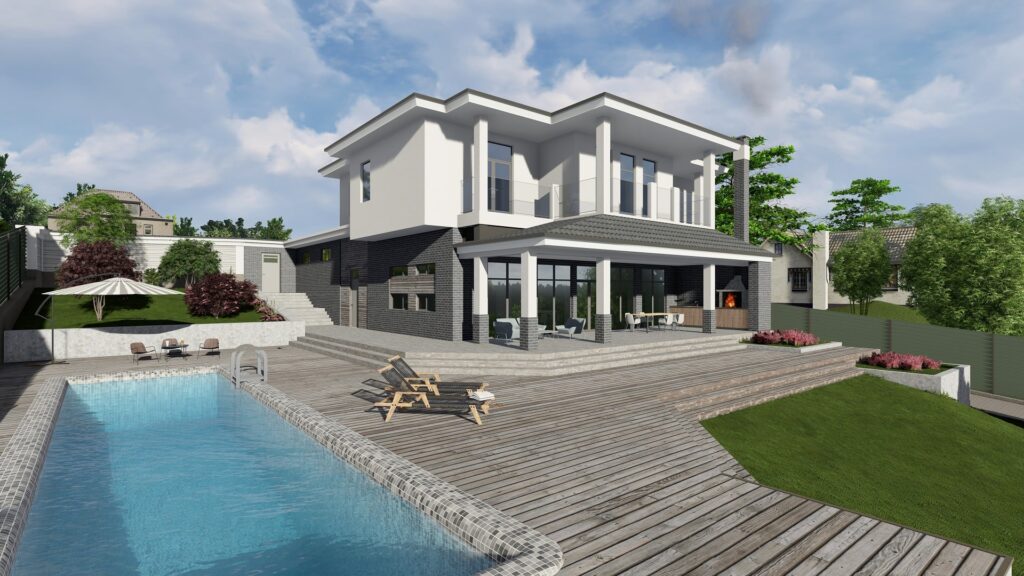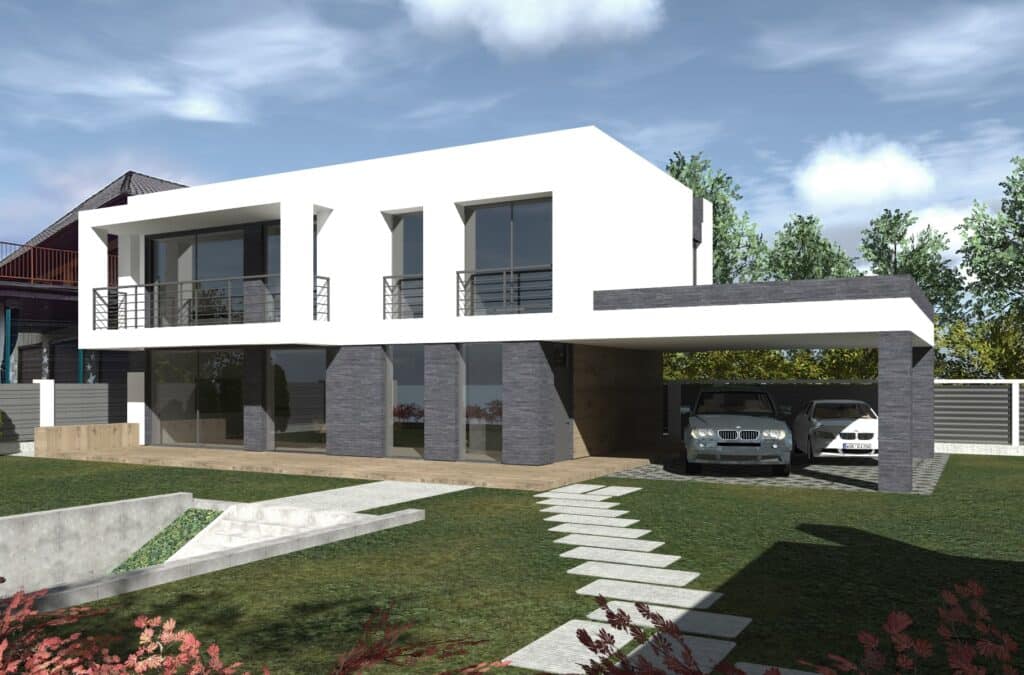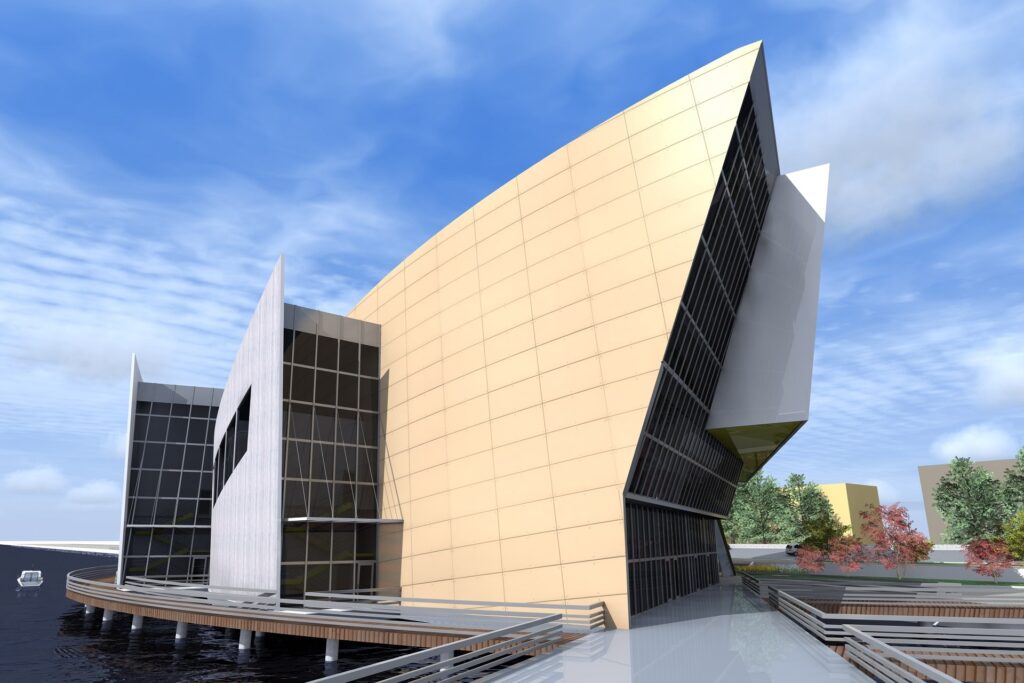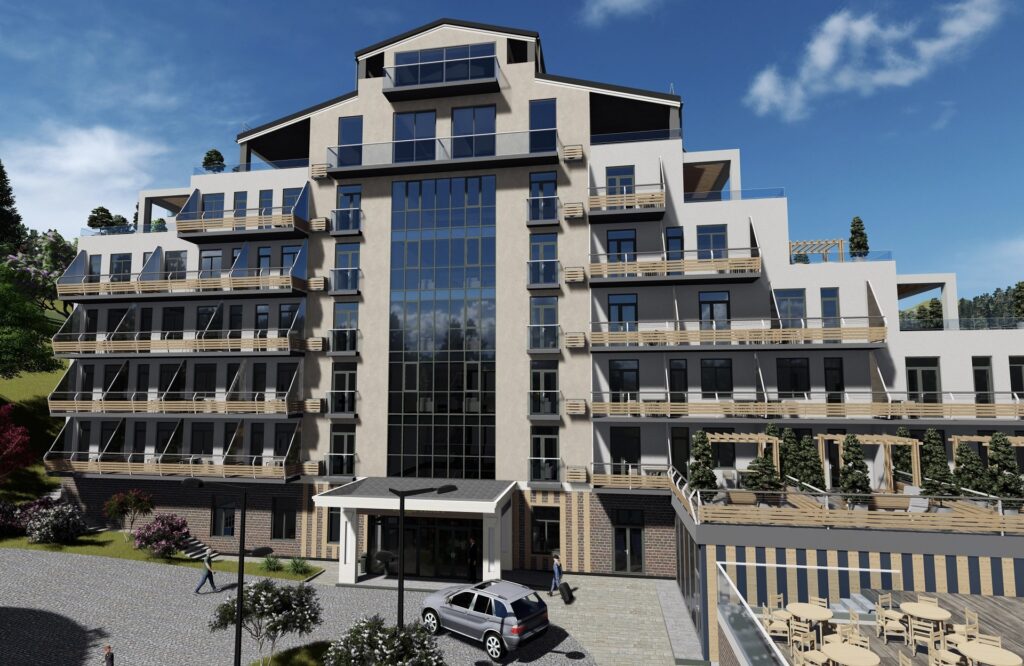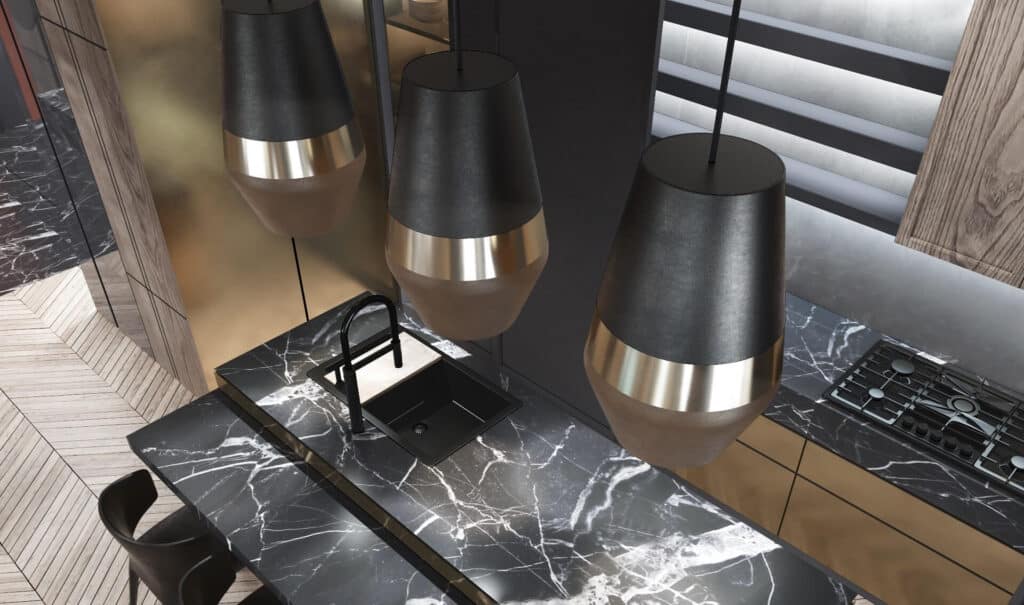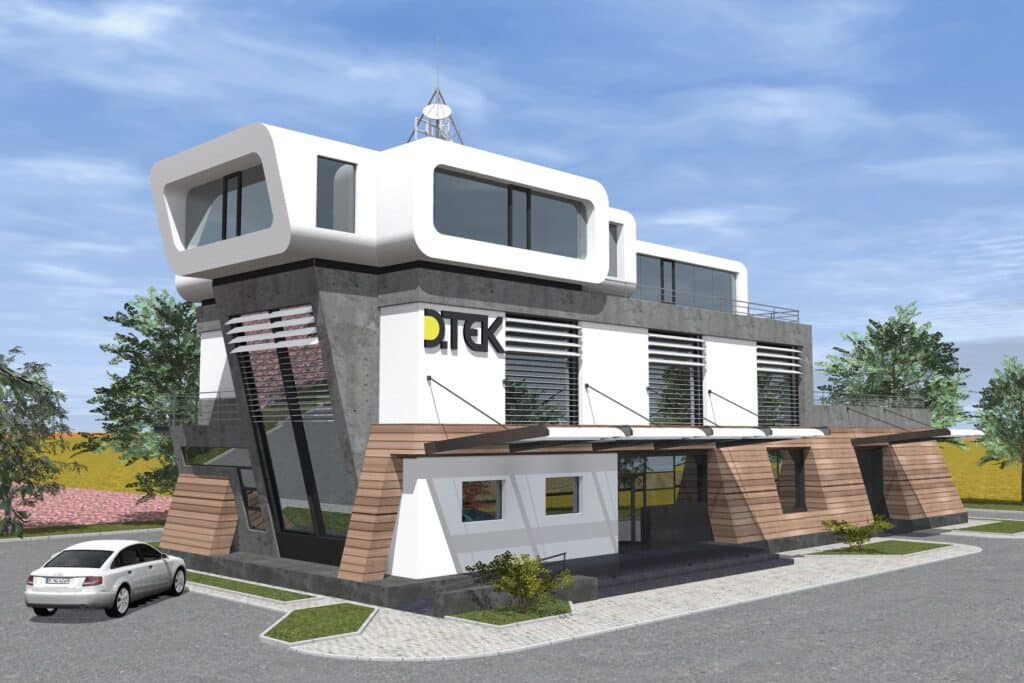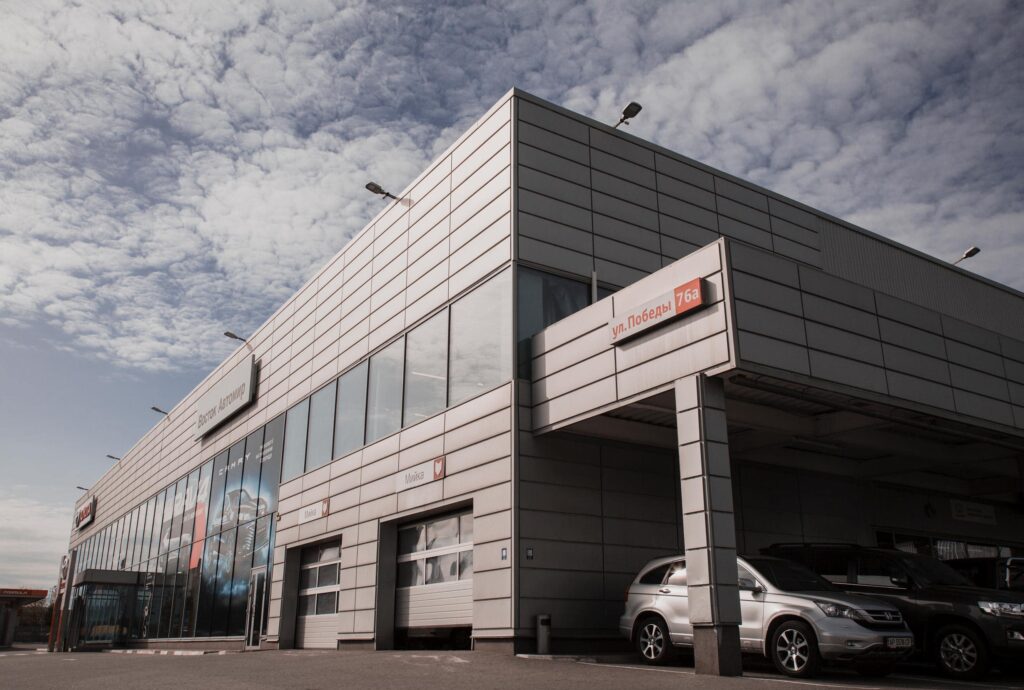Trends vs. Timelessness: Choosing a Style That Won’t Fade
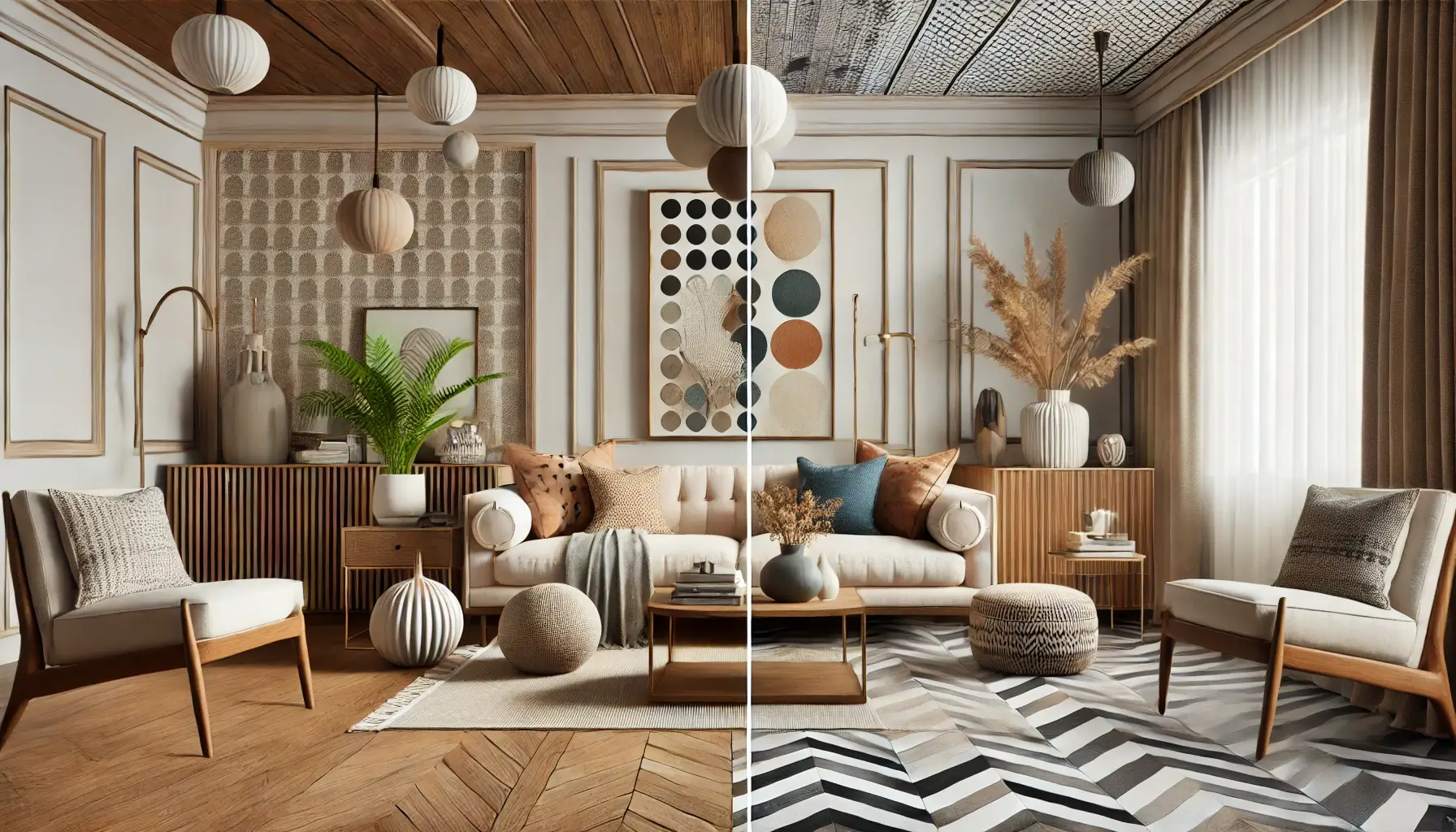
In the ever-evolving world of design and architecture, striking a balance between contemporary trends and timelessness is a delicate art. As a designer and architect, my journey involves navigating these waters to create spaces that are both current and enduring. This article explores my creative process, offering insights into how I achieve that delicate balance, and how you can too.
🎨 Understanding the Essence of Trends
Trends are the heartbeat of the design world, constantly changing and evolving. They bring a fresh perspective and can invigorate a space with new life. However, understanding the essence of trends is crucial to leveraging them effectively.
- Analyzing the Why: Before embracing any trend, it’s important to analyze its origins. Why has it become popular? What cultural or societal shifts does it reflect? Understanding these can help gauge if a trend complements your design philosophy and the project’s goals.
- Evaluating Longevity: Not all trends are fleeting. Some evolve into timeless elements. By identifying which aspects of a trend have the potential to endure, we can incorporate them in a way that feels both modern and lasting.
- Integration with Core Principles: Trends should not overshadow the fundamental principles of design. They should be integrated in a way that enhances the core values of the project, rather than detracting from them.
- Personalization: Trends should be personalized to reflect the unique identity of each project. A trend that works in one space may not be suitable for another, and tailoring it can make all the difference.
🏆 The Power of Timeless Design
While trends come and go, timeless design remains a constant. It draws from classic principles and elements that have proven their worth over time.
- Simplicity and Functionality: Timeless design emphasizes simplicity and functionality. Clean lines, neutral colors, and practical layouts are often at the heart of timeless spaces.
- Quality Over Quantity: Choosing quality materials and craftsmanship ensures that a design not only looks great initially but also stands the test of time. Investing in quality is a cornerstone of timelessness.
- Historical Inspiration: Taking cues from historical architecture and design can lend a timeless quality to a space. By understanding and respecting the past, we create designs that resonate with authenticity.
- Evolving the Classic: Timeless design doesn’t mean unchanging. It evolves by incorporating modern elements in a way that enhances the classic base. This marriage of old and new keeps spaces relevant.
🎨 Finding Your Unique Style
Every designer and architect has a unique style that sets their work apart. This identity is the thread that weaves through every project, ensuring consistency and coherence.
- Reflecting Personal Values: Your style should reflect your personal values and beliefs about design and architecture. This grounding in personal authenticity creates a strong foundation for your work.
- Emphasizing Signature Elements: Identify signature elements that define your style. Whether it’s a specific material, color palette, or structural form, these elements become your calling card.
- Consistency Across Projects: While each project is unique, maintaining consistency in your style ensures a recognizable and cohesive portfolio. This consistency reinforces your brand as a designer or architect.
- Adaptability and Growth: A unique style should also be adaptable. As trends and personal tastes evolve, your style should grow with them, maintaining its core identity while embracing change.
🏆 The Role of Client Collaboration
Design is not created in a vacuum. Collaborating with clients is essential to creating spaces that truly reflect their needs and desires, while also aligning with your design philosophy.
- Listening and Understanding: The first step in any collaboration is listening. Understanding the client’s vision, lifestyle, and goals is crucial to creating a space that meets their needs.
- Educating the Client: Often, clients may not be aware of the nuances between trends and timeless design. Educating them about the benefits and drawbacks of each can help guide the decision-making process.
- Balancing Vision and Reality: While the client’s vision is important, it’s also crucial to balance it with practical realities. This includes budget constraints, structural limitations, and timeline considerations.
- Creating a Partnership: Successful projects are born from partnerships. By fostering a collaborative environment, both client and designer can contribute to a final product that exceeds expectations.
🎨 Sustainability and Timelessness
In an era where sustainability is paramount, integrating eco-friendly practices into design is not just a trend but a necessity for timelessness.
- Choosing Sustainable Materials: Opting for sustainable materials ensures that your designs are not only environmentally friendly but also durable and long-lasting.
- Energy Efficiency: Timeless architecture often incorporates energy-efficient designs, such as passive solar heating and cooling. These not only reduce environmental impact but also enhance the livability of a space.
- Future-Proofing Designs: By considering the long-term impact of design choices, we can create spaces that remain functional and aesthetically pleasing for years to come.
- Ethical Responsibility: As designers and architects, we have an ethical responsibility to prioritize sustainability in our work, ensuring that our creations contribute positively to the world.
🏆 Embracing Technology in Design
Modern technology offers tools that can enhance both the process and the final product of design, blending trends with timelessness.
- 3D Visualization: Utilizing 3D modeling software allows clients to visualize the end result, bridging the gap between concept and reality and making informed decisions about style choices.
- Virtual Reality: VR technology offers an immersive experience, giving clients a tangible sense of how a space will feel, further aiding in the integration of trends and timeless design elements.
- Smart Home Integration: Incorporating smart technology can enhance the functionality of a space, ensuring that it remains relevant in an increasingly digital world.
- Data-Driven Design: Using data analytics to understand user behavior and preferences can lead to more informed design decisions, creating spaces that are both trend-forward and timeless.
🎨 Conclusion: The Balance of Now and Forever
In the end, creating designs that balance trends and timelessness is about harmony. It’s about crafting spaces that resonate with the present while honoring the past and anticipating the future.
- Continuous Learning: The design world is always evolving. Staying informed about new trends and timeless principles ensures that your work remains relevant and impactful.
- Courage to Innovate: Don’t be afraid to innovate. Pushing boundaries while respecting timeless principles can lead to groundbreaking designs that stand the test of time.
- Passion for Design: Ultimately, your passion for design is the driving force behind every project. Let it guide you in creating beautiful, functional, and enduring spaces.
- Commitment to Excellence: Whether embracing the new or honoring the classic, a commitment to excellence ensures that your work remains a testament to your vision and skill as a designer or architect.
By understanding and embracing both the fleeting and the enduring, we can create spaces that are truly remarkable, adapting to the present while remaining timeless for the future.

